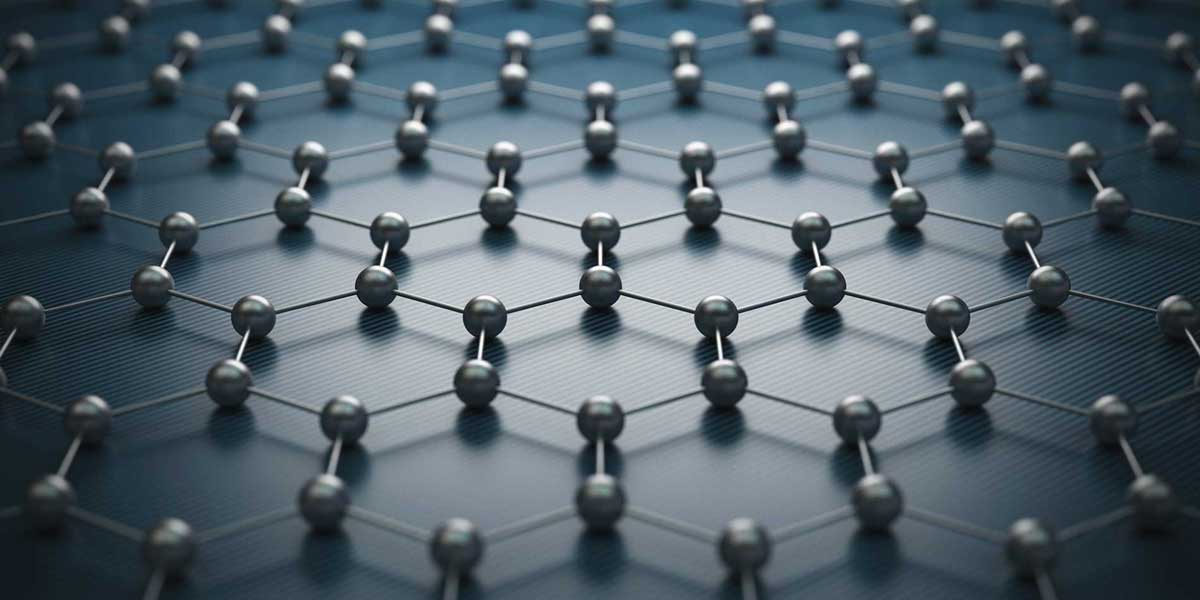
In 2013, Nokia received $1.35 billion grant from European Union for the Future and Emerging Technologies to develop and commercialize graphene. Graphene is a material made from one atom thick of Carbon arranged like interlinked hexagons.
What is Graphene?
Graphene is a material made from a one atom thick of Carbon carefully arranged like interlinked hexagons. Despite of its two-dimensional form, graphene is often considered by many as the world’s strongest material—even harder than diamond, and 100 times stronger than steel of the same thickness.
Others also refer it as a “miracle material” as its existence is somewhat straight from a science fiction. Almost 70 years earlier, physicists argued that two-dimensional materials like graphene shouldn’t exist as it is believed to be too thermodynamically unstable, since “thermal fluctuations (basically the same kind of force that causes ice to melt and lose its crystal structure above 0°C) would be as large as the force binding the atoms together, causing the structure to fall apart.” (Harvard University, 2011)
But the idea was later disproved after Novoselov and Geim discovered graphene in 2004. Further studies were conducted and scientists later found out that carbon bonds is strong and small enough for thermal fluctuations to destabilize graphene. This one atom thick material can also act like a solid three-dimensional material.
Despite of its two-dimensional form, it is often considered as the world’s strongest material—even harder than diamond, and 100 times stronger than steel of the same thickness.

Graphene is a very thin and nearly transparent material that about 97.7% of visible light could pass through it. It is also so light that you can balance it on top of a delicate flower without bending the petals (in a form of aerographene). Additionally, graphene is a good electrical and heat conductor that it could possibly replace copper and silicon in our gadgets in the future.
In a statement from Henry Terri (former Chief Technology Officer of Nokia) back in 2013, he said that Nokia have “deep roots in the field” and that the company “first started working with graphene already in 2006.”
Terri also said that Nokia for years of research, have come to identify the application of material in modern computing environment and since have done “some very promising work so far”.
But for years, we haven’t heard any developments from Nokia regarding graphene (or they intend to be more discreet), at least in the mainstream media. NPU reported last month that Nokia 9, HMD’s upcoming flagship smartphone, will have a camera with a graphene-based camera sensors. This motivates us to dig the internet to look for the answers and we found some exciting and interesting things.
Reasons Why Nokia Is Using Graphene
Flexible transistors
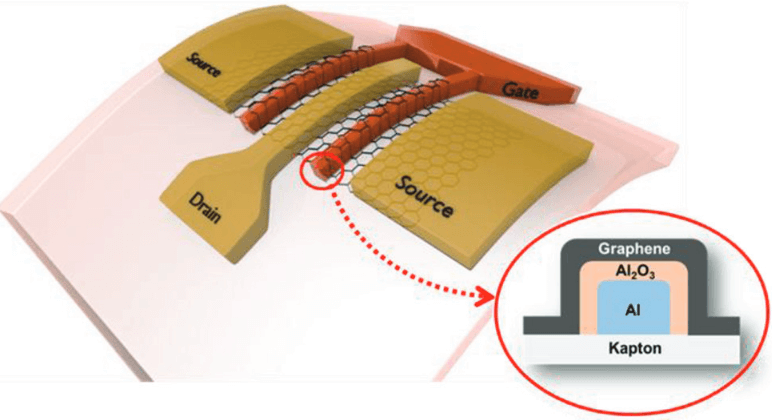
Earlier this year, scientists from IEMN-CNRS, Graphenea, and Nokia have demonstrated a flexible graphene transistor that reached a record high cut-off frequency of 39GHz. The graphene devices tested is made on polymer substrates and are found stable against successive bending and flexing.
The device was also tested for thermal stability, which is a major issue to consider before producing flexible electronics. Researchers showed that at high voltage bias, the device easily heats up which could lead to permanent degradation of its performance. Scientists concluded that the degradation comes from thermal deformation of the substrate. This knowledge could help scientists find better solutions in the future that wearable technology could benefit from.
Graphene oxide sensor for protection of mobile devices from water
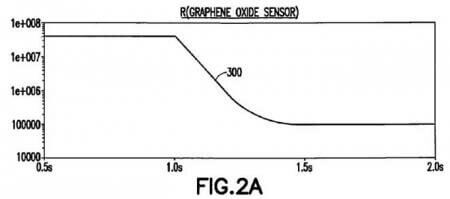
Back in 2015, Nokia issued a patent for a graphene-oxide based sensor to protect the device against water damages. The smartphone will use a graphene oxide sensing film that can detect moisture content or relative changes in humidity and would trigger an ultra-fast disconnection of device from it’s power source (battery).
The technology could also be combined with other waterproofing methods and can be applied on a sensor by spray-coating or spin-coating onto the surface.
Self-charging graphene-based flexible photon battery
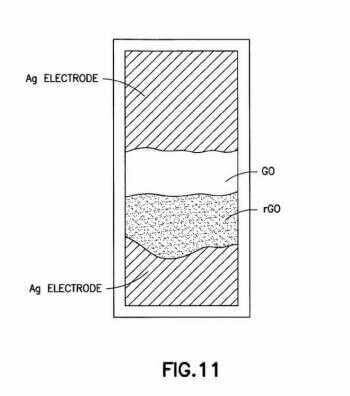
Nokia patented a self-charging graphene-based flexible photon battery in 2014. The battery can regenerate itself immediately after discharging through a continuous chemical reaction. The battery uses humid air to trigger a chemical reaction, therefore eliminating the need for any external power source for recharging. Aside from being flexible, the battery can also be highly transparent. If Nokia are successful in creating this battery, we will no longer have to worry about how to save battery.
Bye charger!
Graphene camera sensor
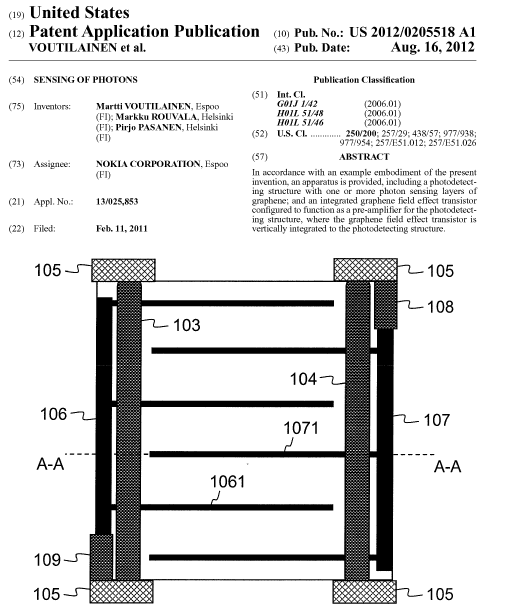
A patent issued by Nokia in 2012 says the company is working to develop a new kind of camera sensor which is made up of multiple layers of graphene and color filters. According to patent paper titled “Sensing of Photons”, the example representation was made on both mobile phone camera and digital camera, however, there is also a mention of application to a security camera.
You see, for a Mono-RGB dual-camera setup to work, you need a two sensors (of course), the one that can capture color information and the one that can capture details of a subject. In this case, a separate native monochrome sensor is needed to do that, and you are only restricted to capture colored images (provided by either single color sensor or a mixed of color and monochrome sensor) and black and white photo captured by a native monochrome sensor.
So what’s my point here? Since graphene-based sensors can capture both color and monochrome photos (all done natively without internal processing to turn it into black and white photo), Nokia could reserve the second sensor of its dual-camera into something like telephoto and yet keeping it also as a companion to shoot RGB-Mono photos.
Also one of the big advantage of graphene-based sensor is the transparency level of graphene. About 97.7% of light can pass through the graphene sheet, but it can only absorb 2.3-percent of light and it does evenly across a broad spectrum of frequencies, including that of a visible light. This alone makes the graphene-based sensor superior than the more famous CMOS sensor in terms of lowlight capture.
According to Nanyang Technological University research team, graphene-based sensor is 1000 times more sensitive to light and 10 times more energy efficient compared to the existing camera sensors. Graphene-based sensors will also be cheaper to produce.
If NokiaPowerUser (NPU) is right about the graphene camera sensor in the Nokia 9, then we might have a good smartphone camera showdown months from now. The Camera sensor should help you take better photos, until then you can learn how to take better photos in this article.
“Clean and limitless” energy from Graphene
The University of Arkansas researchers was set out to study the innate movements of graphene using a scanning tunneling microscope. The atoms that made up the graphene sheet vibrates in response to temperature around it, making the linked carbon atoms to ripple like a flag. This phenomenon is called the Brownian Motion. During the study, scientists not only observed Brownian motion. There is also a presence of larger and more coordinated movements.
“We separated each image into sub-images,” Professor Thibado explained. “Looking at large-scale averages hid the different patterns. Each region of a single image, when viewed over time, produced a more meaningful pattern.”
In these larger movements, the entire ripple buckled, flipping up and down like a thin piece of metal being repeatedly flexed. This small random motion combined with larger, more coordinated movements is called Lévy flights. This motion could be tapped into an unlimited source of energy using a device called Vibration Energy Harvester (VEH).
A sheet of negatively-charged graphene suspended between two metal electrodes will act as a catalyst to start the system. When a group of carbon atoms rise, the graphene sheet curves upwards, making connections with the top electrode to create a positive charge. When they fall they touch the lower electrode to create an alternating current.
According to researchers, graphene sheet that measured 10 microns can produce about 10 microwatts of power continuously without any loss. Remember that these movements is indefinite (as even the heat of room temperature is enough to generate vibration to carbon bonds), making the harvest of energy limitless.
“If you had this powering your watch for example, you would never have to replace the batteries,” Thibado said in the video. “If you could have a battery alternative that you didn’t have to go and replace, imagine all the things you could do.”
Conclusion
Reports suggests that Samsung will also be releasing a phone in 2020 or 2021 with a Graphene battery that can be charge in under 30 minutes. We can’t wait to see how Graphene develops the already fast growing mobile industry and how these big brands with some of the smartest engineers building their phones, plan on using Graphene.

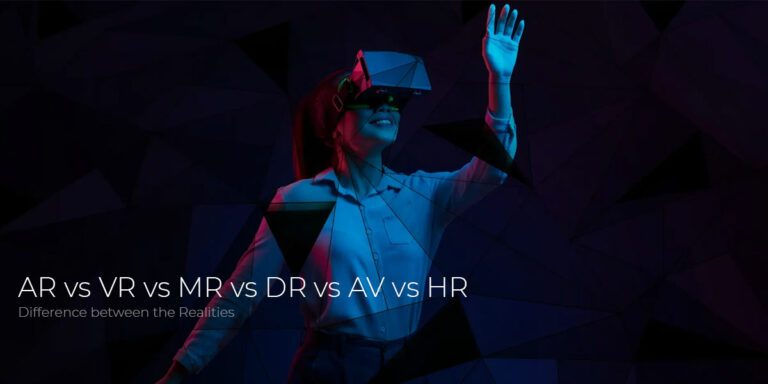




En 2013, Nokia a reçu une subvention de 1,35 milliard de dollars de l’Union européenne.
Ben tiens des subventions grâce à nos impôts.
On devrait payer les appareils de cette marque moins cher vu que c’est l’argent de nos impôts qui finance.